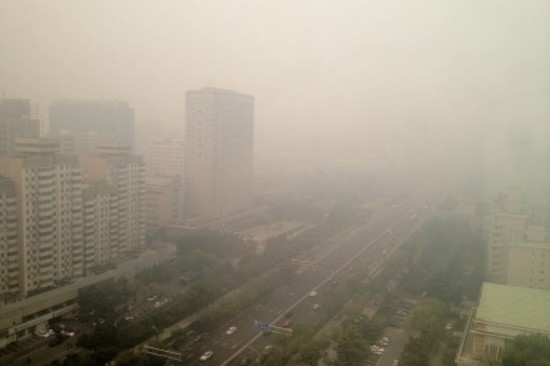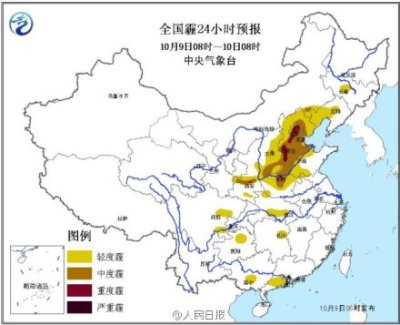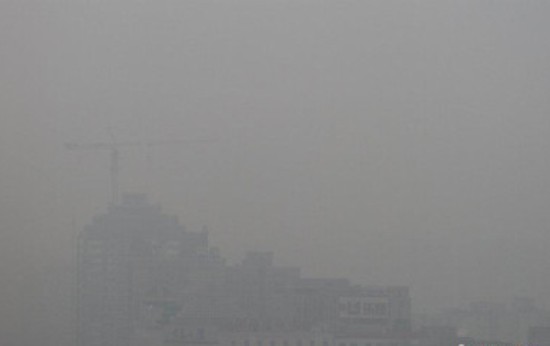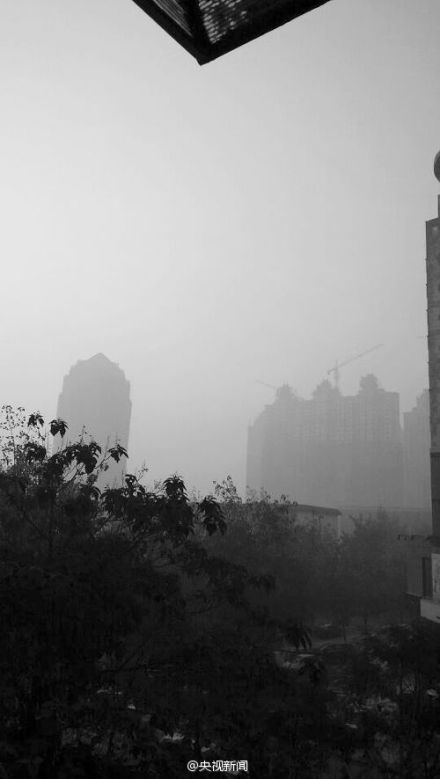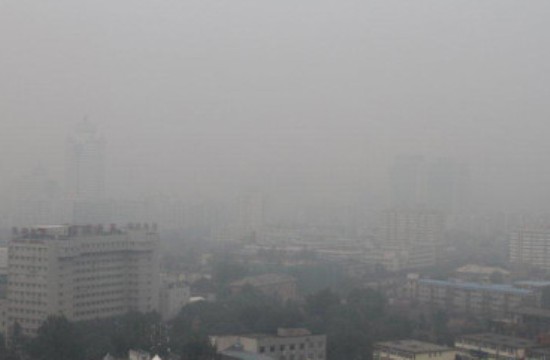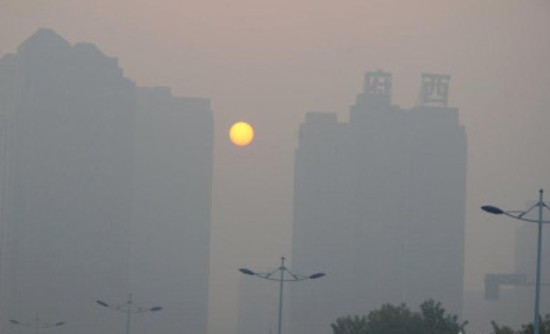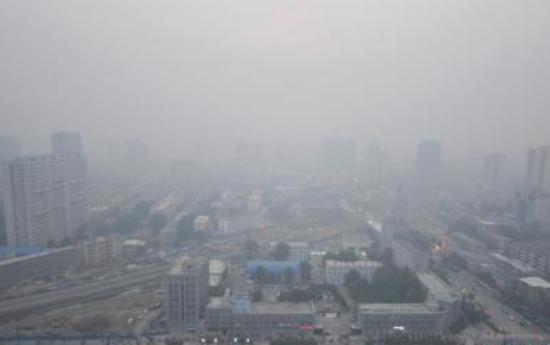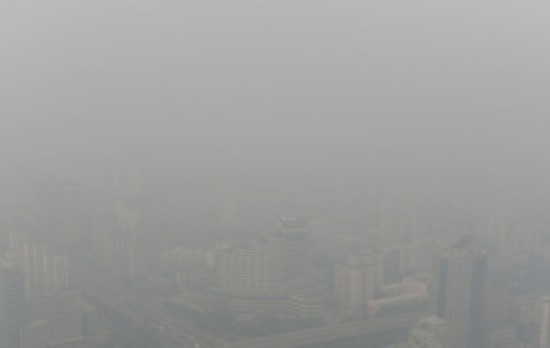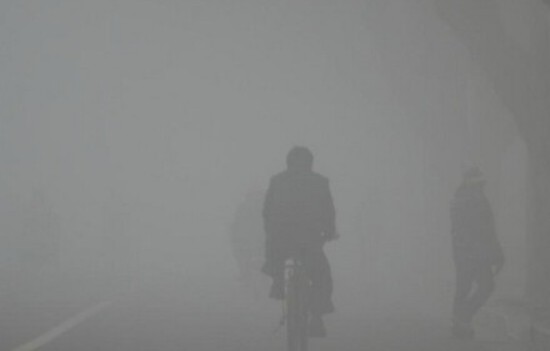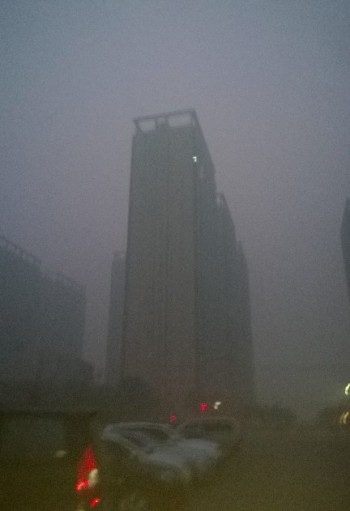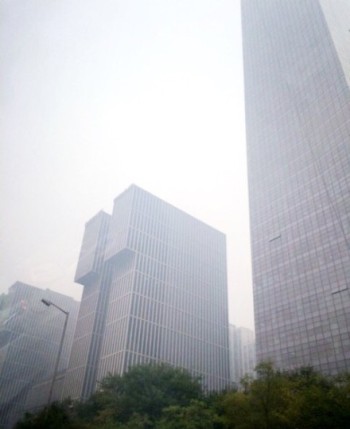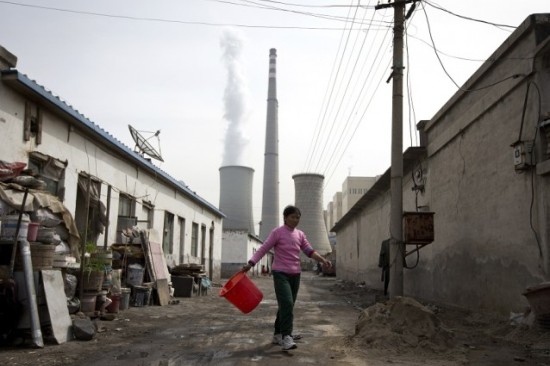These Six Wind Corridors Will Blow All of Beijing’s Smog Away
Posted: 11/24/2014 4:59 pm Forget, you know, reducing coal burning or limiting traffic, Beijing has found another way to get rid of smoggy days: wind corridors. The city is now building six pathways for bad air to be pushed out of the city, thus returning the capital to glorious “APEC Blue“.
Forget, you know, reducing coal burning or limiting traffic, Beijing has found another way to get rid of smoggy days: wind corridors. The city is now building six pathways for bad air to be pushed out of the city, thus returning the capital to glorious “APEC Blue“.
Some of the wind corridors have been identified as the botanical gardens, Kunming Lake, Kunyu River, Yuyuan Spring, and Qiansanmen, as noted on the map above.
Wind corridors are passages that allow for wind to sweep through a city by removing obstacles that would block it.
READ: Beijing Says New Wind Corridors May Finally Solve The City’s Notorious Pollution Problem
The wind corridors on the outskirts of the city will “attract” wind, which will help blow the smog somewhere else.
But not everybody is optimistic. Environmental protection expert Peng Yingdeng notes that the preliminary plans for wind corridors are “too perfect”, and explains the difficulty in implementing them:
The problem mainly comes in changes that are made while trying to implement this plan. It’s not uncommon for [needs of] the city’s ecology to give way to economic development.
The use of wind corridors is a popular idea that other Chinese cities are also looking to implement. Shanghai, Hangzhou, Wuhan, Nanjing, Zhuzhou, Guiyang, Shaoxing, and Fuzhou are all researching the use of wind corridors.
Plans for wind corridors in Tianjin have not yet been confirmed. Tianjin lies south-east of Beijing, the same place many of these wind corridors are pointing.
Related:
- Beijing Smog Turns Capital into a Ghost Town
- Beijing’s Sky is Clear Today, But Look at How Bad It Got Last Week
- Beijing to Ban Coal Use In Urban Districts by 2020
- Hebei Shoots Pollution Right Out Of The Sky
Photo: Sohu News













































